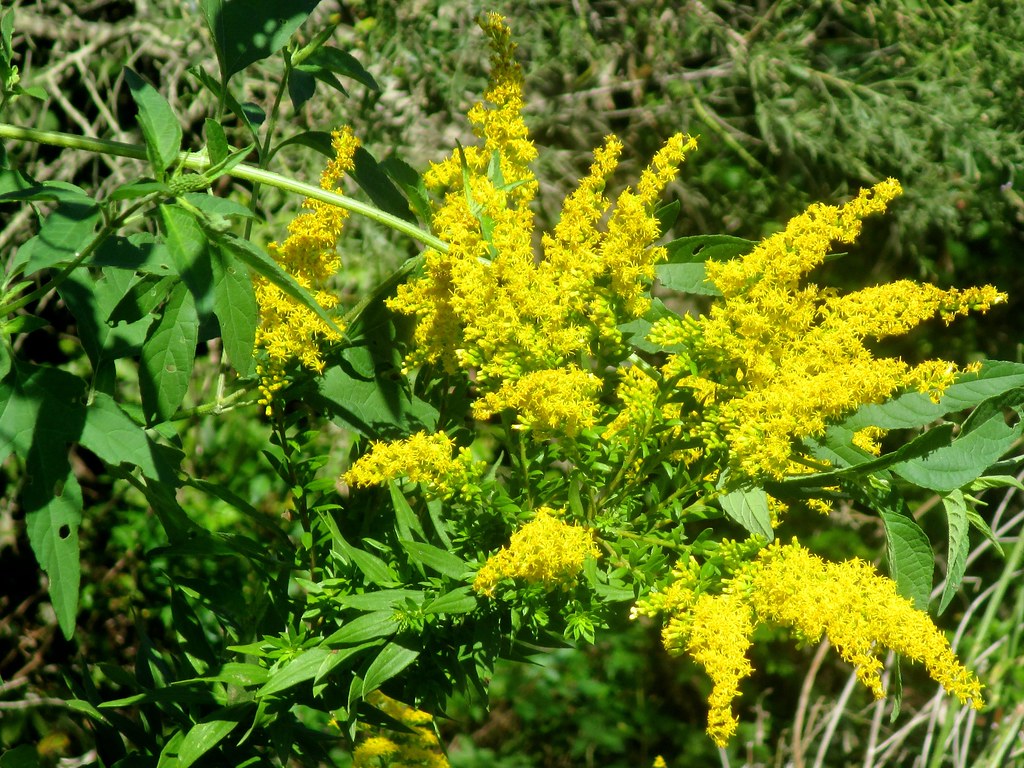Introduction:
Feverfew (Tanacetum parthenium) is a flowering plant of the Asteraceae family. Its name comes from the Latin word febrifugia, meaning “fever reducer.” Feverfew contains a variety of active compounds, such as flavonoids and volatile oils. However, its main compound of interest is parthenolide, found in the plant’s leaves.
Useful in Migraines:
For centuries, people have been taking feverfew to treat migraines. In test-tube studies, compounds in feverfew — such as parthenolide and tanetin — helped stop the production of prostaglandins, which are molecules that promote inflammation. Thus Feverfew is useful in controlling migraines and works better than placebos.
Other possible uses:
- Anticancer effects: Test-tube studies show that compounds in feverfew may inhibit certain cancer cells.
- Pain relief: The anti-inflammatory action may help alleviate pain.
- Elevated mood: In some studies in mice, feverfew helped reduce symptoms of anxiety and depression.
- Treating rosacea: Topical creams containing parthenolide-free feverfew extract may help treat acne rosacea by reducing inflammation.
Conclusion:
Feverfew is a medicinal plant traditionally used for the treatment of fevers, migraine headaches, rheumatoid arthritis, stomach aches, toothaches, insect bites, infertility, and problems with menstruation and labor during childbirth.




